April 14, 2023
Florida & Puerto Rico
A report prepared for Justice Partners
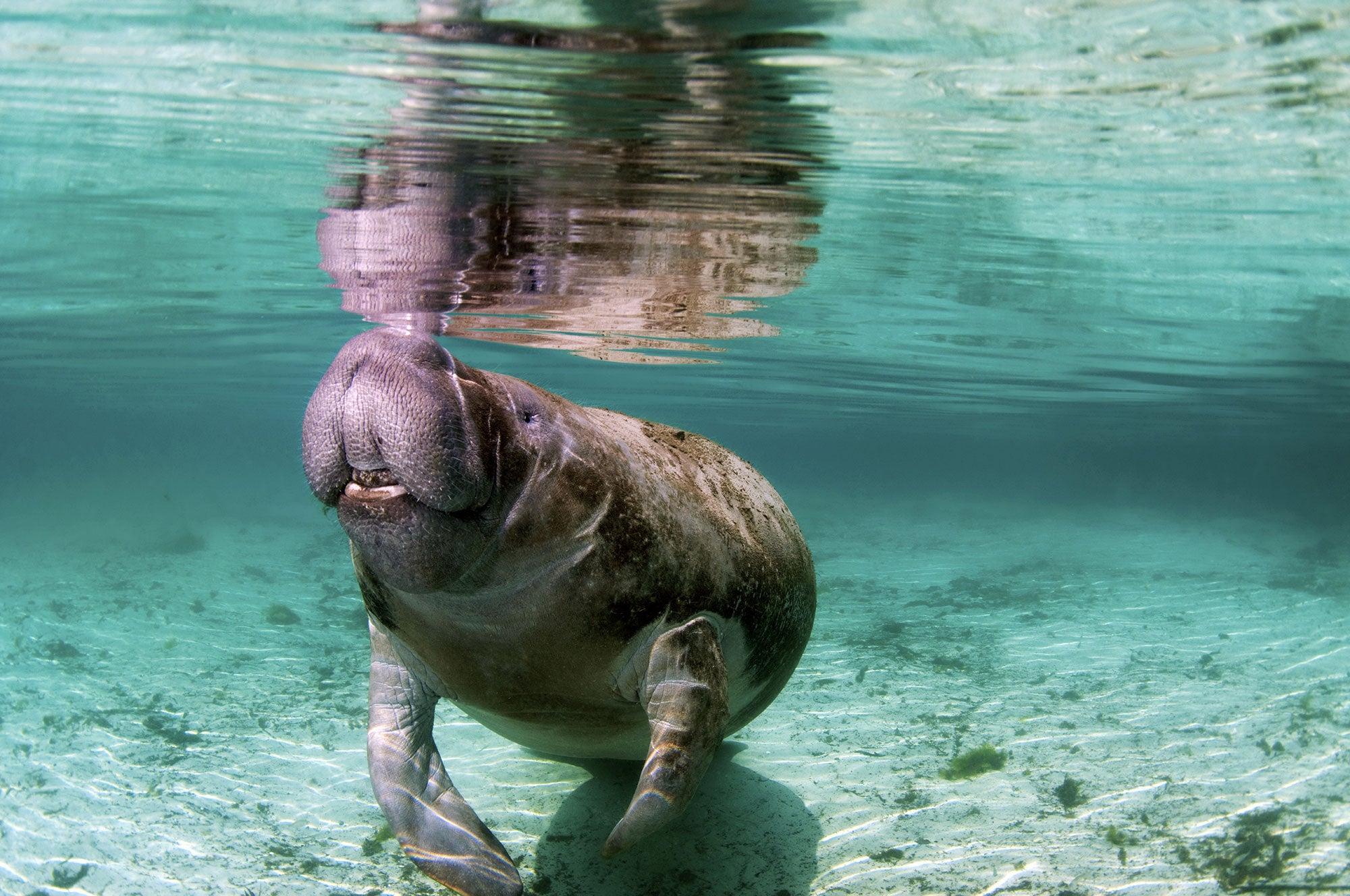
Earthjustice grows ever stronger in Florida and in Puerto Rico, or “Florico” around the office and among friends. With attorneys in Tallahassee, Miami, and San Juan, we are so grateful for the means to keep fighting for these precious places.
For Earthjustice attorneys, the issues are personal. Our attorneys consider Florida and Puerto Rico their homes and have deep roots here. “Florico” is a term of great endearment for us; it is rooted in love and solidarity, and in historical bonds, plus many more relationships forged through the collective trauma of Hurricane Maria. More than 1.1 million Puerto Ricans reside in Florida today, which is the largest concentration of Puerto Ricans in the diaspora.
Across our docket, we work with people facing rapidly encroaching shorelines, rising sea levels, and sinking land, their lives complicated by generations of colonialism and racist disinvestment.
Together, we fight for biodiversity, environmental justice, clean energy, and a better future. We also fight to demand action to stop harmful pollution happening now.
In February 2023, we watched with horror as the Covanta Energy incinerator we are fighting in Florida caught fire and burned for three weeks, choking a community already at elevated risk of health problems.
Our case for shutting this incinerator down rather than renewing its operating permit is a tragic told-you-so. We hope the fire will lead to immediate and permanent closure of the incinerator. This is just one example of some of our most pressing and prescient work.

What happens in Florida and Puerto Rico informs climate, energy, and environmental policy across the country. Florida, with its abundance of sunshine and enormous vulnerability to climate changes, should be leading the way in combating climate change and transitioning to clean energy. Instead, Florida is giving away waters and wetlands, bowing to fossil fuel industry interests, and leaving the hardest-hit communities behind. In addition to the atrocious attacks on civil rights and human rights in Florida, everyone is also looking at how the state handles its waters. Other states and industry are eager to see what Florida and its developers can get away with.
Puerto Rico is also at the frontline of global climate change, extreme weather, and air pollution — however unlike Florida, it is showing the world what climate justice could look like. Puerto Rico’s effort to transition to solar is a work in progress, and the government must be held accountable to its promises. And yet the opportunities there portend a success story of national import, even as the island is still, five years later, recovering from the federal government’s massive failures with Hurricane Maria, widely recognized as the worst storm in U.S. history. Maria pushed millions to flee, both immediately for their lives and for years after, because their homes and livelihoods were destroyed. But the ways Puerto Ricans are rebuilding offer a glimpse into a future islands and coastal states, especially, would be wise to embrace.
We know more storms are coming — extreme weather and extreme politics — and the Florida regional office is devising long-term solutions to steel ourselves for what’s ahead. Our partners continue to be a source of energy and inspiration; we’ve highlighted their names in bold, at first mention, throughout the report. We are happy for the opportunity to share some of our stories from Florida and Puerto Rico. The futures in play in Florico demand that we be here now in full force — and thanks to you, we are ready for the long haul.
Biodiversity, Wildlife, and Waters
Manatees
Florida attorneys and Earthjustice’s Biodiversity Defense team are partnering on a case to protect threatened manatees that have been dying at exceptionally high rates as water pollution kills their main food source: sea grass growing in shallow coves. Excess levels of nitrogen and phosphorus from industrial agriculture, golf courses, and heavy landscaping (i.e., runoff from overfertilization, synthetic fertilizer, and chemical pesticides) have wiped out acres of sea grasses in the Indian River Lagoon. In 2021, more than 1,000 of Florida’s manatees died, and more than half of those deaths were due to lack of food. An officially declared “Unusual Mortality Event” continues to this day. Florida has failed to rein in the sources of pollution that cause the algae outbreaks killing manatees. But Florida is not the only one to blame. The U.S. Environmental Protection Agency (EPA) also failed to consult with wildlife agencies about the adequacy of Florida’s water quality measures. We will be in court much of the next year, asking the EPA to ensure full compliance with the Clean Water Act and Endangered Species Act — the best tools we have to prevent manatees from going extinct. This fight has been a long one, and we are in it with our clients Center for Biological Diversity, Defenders of Wildlife, and Save the Manatee Club.
Florida Panthers
We continue to fight to ensure that road expansion projects do not further imperil the critically endangered Florida panther. There are only 120–240 adult panthers left in the wild, and being hit by cars and trucks is their leading cause of death. When reviewing these projects, the U.S. Fish and Wildlife Service failed to adequately analyze the risk to panthers. We are representing Sierra Club and the Environmental Confederation of Southwest Florida to get the protections panthers need.
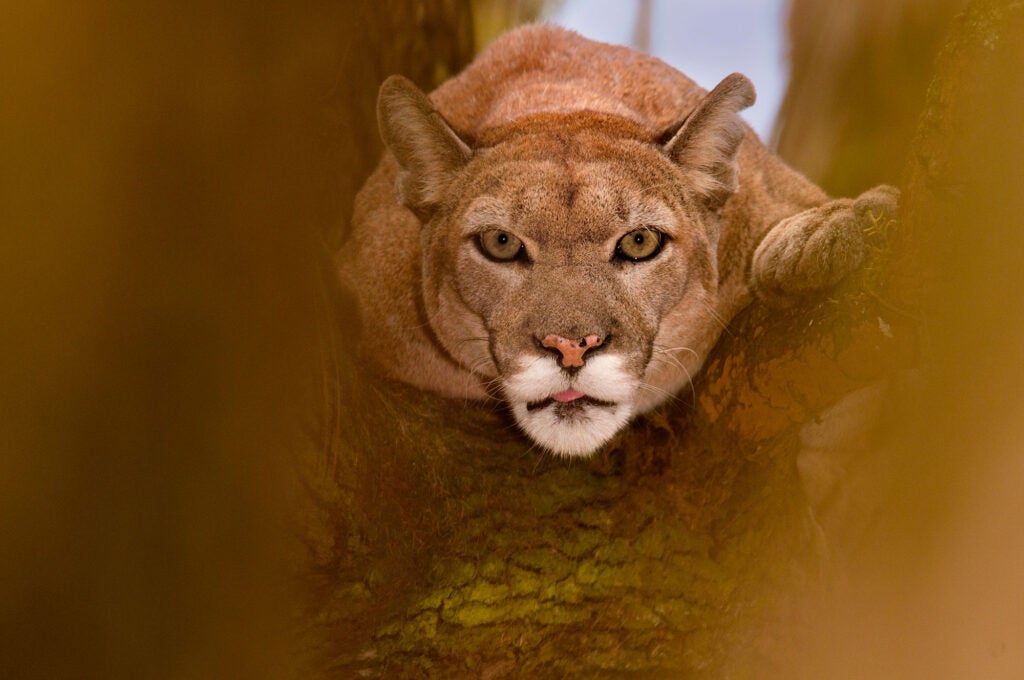
Florida Wetlands
With approval from EPA, Florida has taken wetlands permitting into its own hands with intentions to fast track development — and indeed, Florida developers are calling this their “Holy Grail.” We are suing because EPA’s decision goes directly against the Clean Water Act rules for when applicants may destroy (or “dredge-and-fill”) wetlands. In all but three states, wetlands permitting is handled by the federally funded, relatively independent, and vastly experienced U.S. Army Corps of Engineers (“Army Corps”), an agency that, while not perfect, can be held accountable in federal court. When the Army Corps handles this process, it must consult with wildlife agencies and federally recognized Tribes and analyze environmental impacts before approving projects, for example. Florida’s permitting takeover does not meet federal standards and is raising alarm bells, as it should. Florida is home to more than 7,700 lakes, 33 first-magnitude springs, 11 million acres of wetlands (more than any of the lower 48 states), 1,200 miles of coastline, and 27,561 miles of rivers and streams. Earthjustice represents the Center for Biological Diversity, Sierra Club, Defenders of Wildlife, Florida Wildlife Federation, Conservancy of Southwest Florida, Miami Waterkeeper, and St. John’s Riverkeeper in this work.
The case raises issues of national importance. Other states want to copy Florida and industry is chomping at the bit for mining, exploratory drilling, and other development that cannot move forward without dredging, draining, and filling in wetlands. So far, Alaska, Minnesota, Nebraska, and Texas have expressed interest in their own permit takeovers. The Florida team’s work on this issue remains deeply interconnected with Earthjustice’s other 14 offices across the country. We are ready to ramp up our efforts accordingly.

Environmental Injustice in Florida
Waste Incinerators and The “Waste-to-Energy” Myth
Municipal waste incinerators are a toxic pollution source that leave waste clouds thick with pungent odors and deadly health implications. Florida is home to the most incinerators of any state (aside from New York), and most are in communities of color. Contrary to what the highly profitable trash burning industry claims, incineration is a terrible way to eliminate waste or generate power; it is not responsible or ethical, even if it does produce a small amount of energy. Burned waste does not disappear; instead, it is converted into air pollution and toxic ash piled in landfills. Most toxic chemical compounds in industrial waste streams cannot ever be eradicated, and burning only releases the toxins into the sky, which then can rain down over a much larger area. Incinerators are also very expensive to maintain, and they require taxpayer money and government subsidies to stay afloat. The myth of “waste-to-energy” incineration undermines progress towards true solutions such as large-scale waste prevention, recycling, and composting, a set of practices known as Zero Waste. Waste incineration is a big business, with Florida’s local governments receiving incentives and credits to prop it up, and a groundswell of support from industry trade groups and others for whom reduction in waste means steep reductions in profits.
Covanta Energy’s Decrepit Miami Incinerator
Alongside our partner Florida Rising, we are fighting to shutter a decrepit garbage incinerator in a Latinx community in Miami-Dade County — the same one that caught fire in Feb. 2023. Covanta Energy operates 40 locations across the U.S. and was recently acquired for $5.3 billion by a Swedish private equity firm. Outside investment in waste management (in the name of clean energy) is, unfortunately, skyrocketing. The Miami incinerator was built in 1985, burns over a million tons of garbage each year, and emits types of air pollution known to cause cancer, respiratory and reproductive health risks, and premature death, especially for those nearest the source. Over 90% of people who live within three miles of this incinerator are minorities and 36% live below the poverty line. The incinerator is responsible for thousands of complaints to the city’s 311 hotline about noxious odors that force people to stay indoors. Covanta Energy is notorious for causing environmental harm, and Earthjustice has other casework challenging Covanta incinerators in California and New Jersey. With the new influx of private equity, and Covanta Energy’s plan to become “the most sustainable provider of waste solutions,” our job is cut out for us.
We are also working with Florida Rising to enforce civil rights protections at Florida’s Department of Environmental Protection (DEP). When issuing permits, including the one for the Covanta Energy incinerator in Miami, DEP discriminates against people based on race, national origin (English proficiency), and other factors in its permitting process, including the lack of adequate public participation opportunities and language access guarantees.
Toxic Exposure at Migrant Detention Centers
Migrant communities are some of the most vulnerable in Florida and in our country, and the challenges they face are made worse by being detained in jails or detention centers where they face exposure to environmentally toxic hazards. Alongside American Friends Service Committee, we revealed how migrant children were detained in a hazardous environment near a contaminated Superfund site. We published findings in “The Toxic Truth: Organizing Against Migrant Child Detention Militarism, and Environmental Racism in Homestead, Florida,” and we’ve sued to compel the release of related records using the Freedom of Information Act. With advocates including the American Civil Liberties Union, Americans for Immigrant Justice, and Southern Poverty Law Center, Earthjustice forced EPA to investigate the harmful use of chemical disinfectants on people at the Glades County Detention Center, a county jail then detaining immigrants. Glades applied these disinfectants illegally and caused respiratory health problems to those detained there. Earthjustice’s direct advocacy, alongside our partners’ longstanding work, led to the transfer of people out of Glades who were detained in immigration custody. We continue to work to document, expose, and force regulators to stop spraying people with toxic chemicals or subjecting them, against their will (or sometimes without their knowledge), to toxic conditions of any kind.
Clean Energy for Human Rights in Puerto Rico
Rooftop Solar and Storage for Every Home in Puerto Rico
Earthjustice is working with partners — 10 local groups that make up the Renewable Energy Now Alliance — to fight for clean energy as a matter of environmental justice and human rights in Puerto Rico. Winning means ensuring that clean energy standards are fair and that utilities are not cheating their customers. It means a future where, at a minimum, every household in Puerto Rico is provided with rooftop solar plus requisite storage, a system which will save lives now and in the future. Distributed solar would not require transmitter towers exposed to winds at high altitudes, and energy storage in batteries could more easily support the island’s electricity needs during disruptions from storms. Distributed rooftop energy has deep implications in that it helps break patterns of colonial exploitation that have kept Puerto Rico tethered to offshore fossil fuel companies for generations.
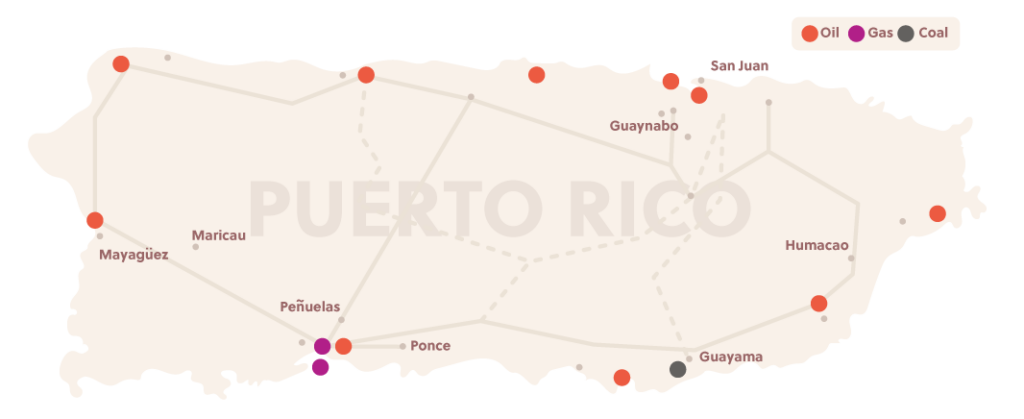
Many communities in Puerto Rico are still suffering from the federal government’s unconscionable response to Hurricane Maria, keeping nearly half of Puerto Ricans who stayed on the island under the poverty line. After decades of handouts to fossil fuel interests, Maria resulted in a 10-month blackout — the longest in U.S. history. Because of the lack of access to electricity (and the resulting lack of access to food and medical services), Maria resulted in an avoidable loss of life, with the death toll reaching 3,000. For comparison: Hurricane Katrina’s death toll was around 1,900. In Puerto Rico, thus, the biggest fight now is the one to ensure the electric grid is rebuilt and federal funding is invested in a manner that redresses environmental injustice and avoids repeating past mistakes.
In some good news, there is $1 billion in federal funding available from the Department of Energy to invest in rooftop solar and storage for low- and middle-income Puerto Ricans and households with individuals with disabilities. Earthjustice’s policy and communications strategists are working alongside partners to ensure this money goes directly to the stated beneficiaries, while engaging Puerto Rico residents and those in the diaspora with information that explains the benefits getting solar panels.
Laura Arroyo
Puerto Rico native & Earthjustice senior attorney
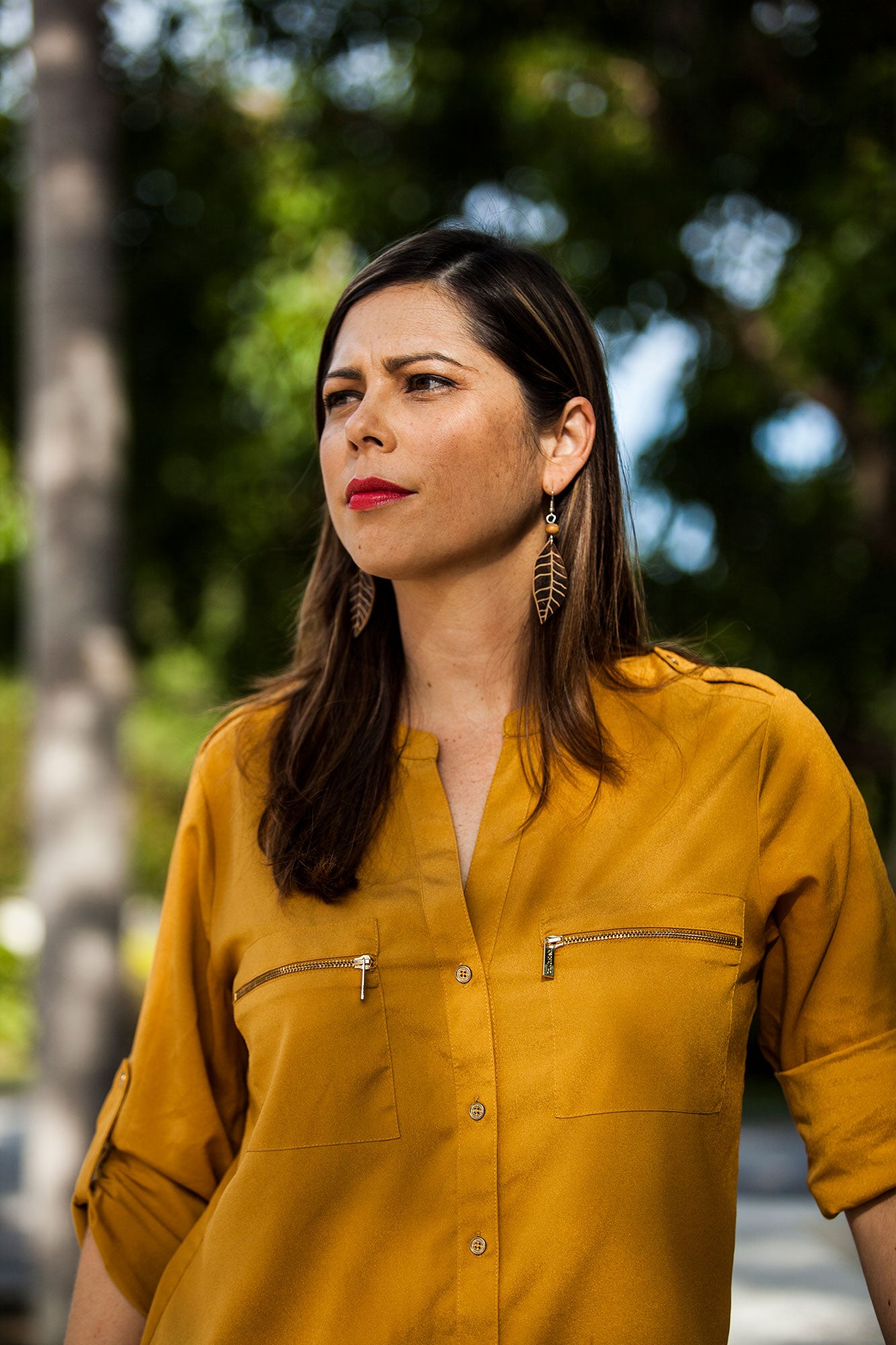
Equitable Energy Incentives in Puerto Rico
We know that Puerto Rico gets enough sunlight to meet its residential electricity needs four times over. Since June 2021, with the approval of the Puerto Rico Energy Bureau (“Energy Bureau”) the private company LUMA Energy, another historic bad actor, took over the transmission and distribution of energy in Puerto Rico in a public-private partnership, functionally a monopoly, with the Puerto Rico Electric Power Authority (PREPA). Earthjustice is heavily involved in proceedings at the Energy Bureau to make sure that the system (or “performance metrics” in utility-speak) is fair to the people of Puerto Rico and does not give handouts to LUMA. Our objective is to make sure that LUMA offers significant incentives for rooftop solar and energy efficiency and to force the Energy Bureau to mandate emergency response and solar maintenance support programs. We’re also urging the Energy Bureau to levy penalties on LUMA for egregious violations of deadlines, their general lack of progress on solar, and other bad faith actions. We are building on precedent; in 2021, the CEO of LUMA was arrested for contempt of court and held personally liable for LUMA’s refusal to provide public documents requested by lawmakers. Earthjustice participated in recent evidentiary hearings at the Energy Bureau, and we will proceed with the next steps this spring, including ensuring that all proceeding materials are available in Spanish.
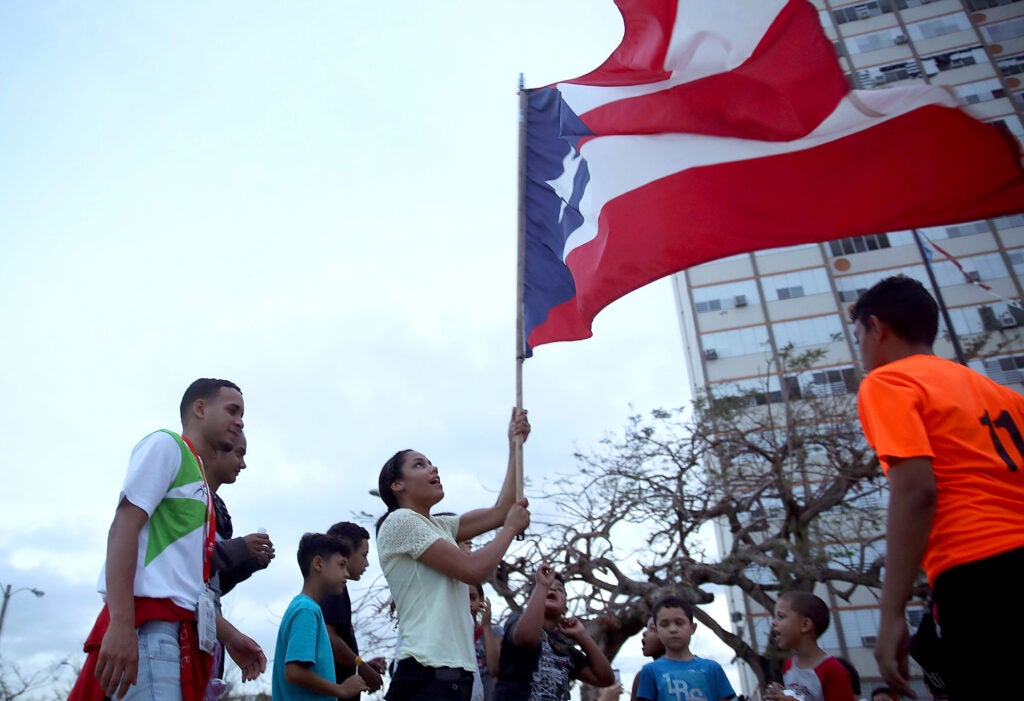
Stopping Fossil Fuel Development
Blocking a LNG (Liquefied “Natural” Gas) Terminal
Earthjustice is working with partners and clients to close the illegally built New Fortress Energy LNG terminal in San Juan, which we know to be a ticking time bomb. In 2022, the U.S. Court of Appeals for the D.C. Circuit confirmed that the Federal Energy Regulatory Commission (FERC) had jurisdiction over the facility, making its construction without a FERC permit unlawful. We intervened in the FERC docket to urge that any after-the-fact permit be denied because the terminal is unreliable and unaffordable and generates unacceptable climate and environmental justice impacts. To that end, we are making FERC aware of operational failures and safety risks at the terminal, as well as New Fortress’s refusal to engage with nearby communities. We are challenging requests to withhold information on safety risks and air quality impacts and are pressing for FERC to complete a thorough environmental impact statement. In addition to the Sierra Club Puerto Rico, we have nine local partners including environmental groups, unions, and health organizations.
Closing Coal Plants
Our work to shutter coal plants and stop the generation of and pollution from coal ash is a multi-generational task. Alongside the same partners helping to stop the New Fortress LNG terminal, we are fighting to get rid of the coal ash from the infamous AES-Puerto Rico Coal Plant (AES-PR). Coal ash from this plant is contaminating public drinking water and air quality across southeastern Puerto Rico, as well as threatening the health of the low-income and Afro-Puerto Rican communities living close to the plant. As is often the case, the plant is operated by a massive global power company and there have been many bad actors over the years. For example, AES-PR sold coal ash as cheap “fill” material at dozens of construction sites in Southeastern Puerto Rico — a dangerous and duplicitous way to avoid costs of proper disposal and remediation. At many of these sites, the toxic ash is still to this day in piles on the ground, uncovered, and endangering residential areas, parks, schools, and hospitals. In another example, AES-PR refused to cooperate and testify before Congress as requested by lawmakers including New York Congressional Representatives Nydia Velázquez and Alexandria Ocasio-Cortez, who both are outspoken about their Puerto Rican heritage. At the hearing, the company was cited for its environmental racism and for the sheer lack of care for the health of Puerto Ricans. We will not stop until we see the closure of the coal plant and timely and proper cleanup.
Thank You
Your commitment to Earthjustice as a Justice Partner is deeply felt and appreciated. Thank you for your partnership as we take on high-stakes litigation and advocacy in Florida, Puerto Rico, and beyond.
Written by Ann Marie Rubin, a senior writer at Earthjustice.
Justice Partners are passionate and engaged supporters of Earthjustice who are serious about making the world a better place. Learn more.
The Florida regional office wields the power of the law to protect our waterways and biodiversity, promote a just and reliable transition to clean energy, and defend communities disproportionately burdened by pollution.